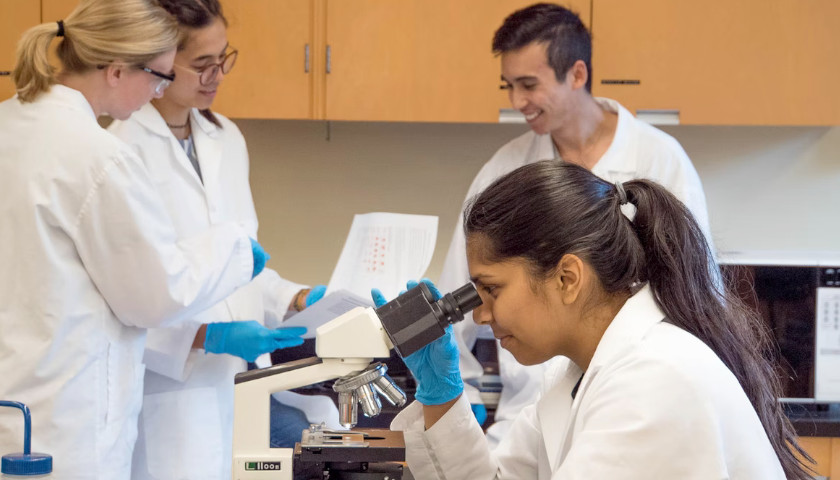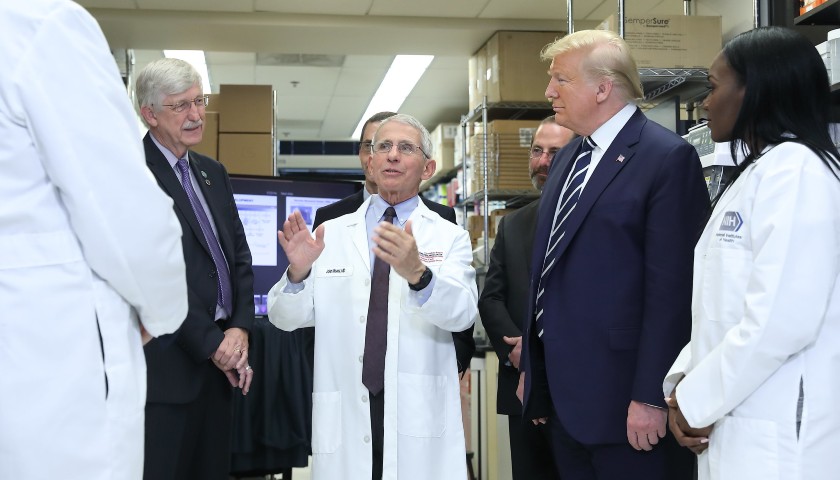This year marks the completion of high school for two of my children. Navigating the high school years has been both exciting and challenging. By the time our children had reached high school age, two things were apparent. First, homeschooling had allowed my kids to find and pursue their special interests—ones that had future career potential.
Second, while mastery of most subjects had been relatively easy, math and science were a bit more difficult. Despite overall higher testing outcomes within the homeschool community, there is a documented math gap for many homeschoolers. In other words, most homeschoolers score slightly lower than their non-homeschooled peers in math and science. (This is understandable, of course: I don’t know many mothers qualified to teach high-level math or science, and most of us don’t want our kitchens being turned into chemistry labs.)
Read More




































